
The life of stars with a mass more than ten times that of our sun ends in a supernova, a colossal stellar explosion. This explosion leads to the formation of iron, manganese and other heavy elements.
In layers of a manganese crust that are around two and a half million years old a research team led by physicists from the Technical University of Munich has now confirmed the existence of both iron-60 and manganese-53.
"The increased concentrations of manganese-53 can be taken as the "smoking gun" - the ultimate proof that this supernova really did take place," says first author Dr. Gunther Korschinek.
While a very close supernova could inflict massive harm to life on Earth, this one was far enough away. It only caused a boost in cosmic rays over several thousand years. "However, this can lead to increased cloud formation," says co-author Dr. Thomas Faestermann. "Perhaps there is a link to the Pleistocene epoch, the period of the Ice Ages, which began 2.6 million years ago."
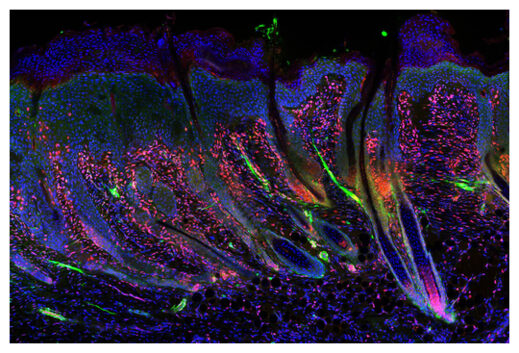
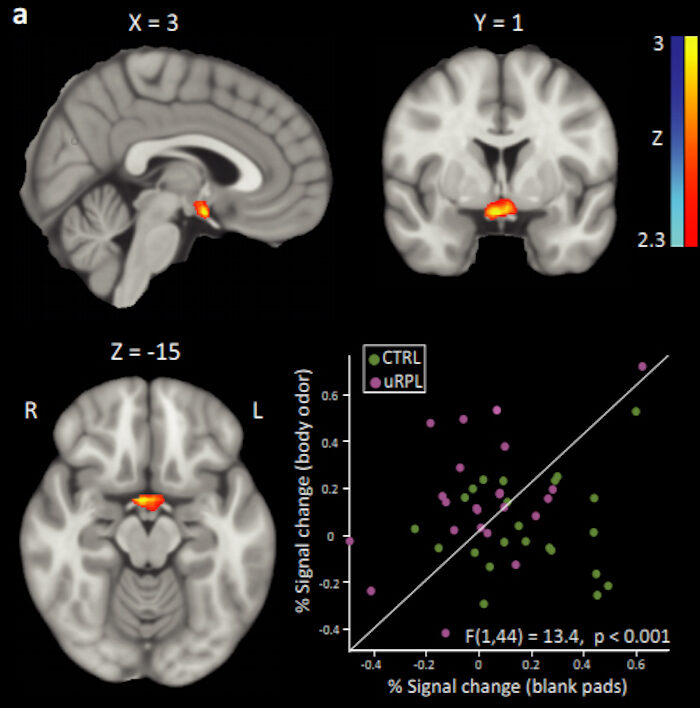

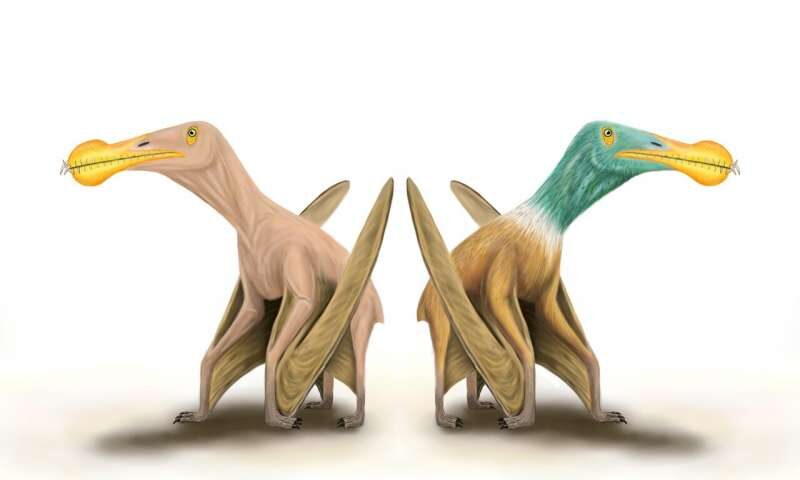
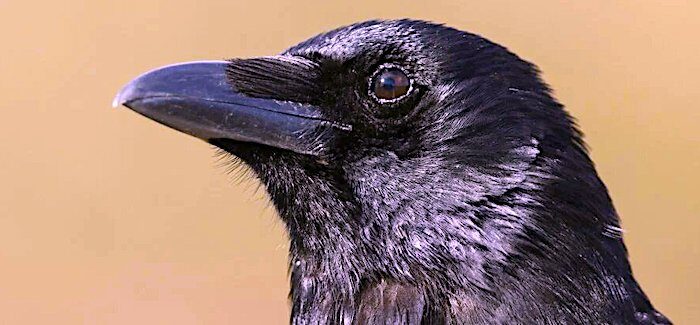
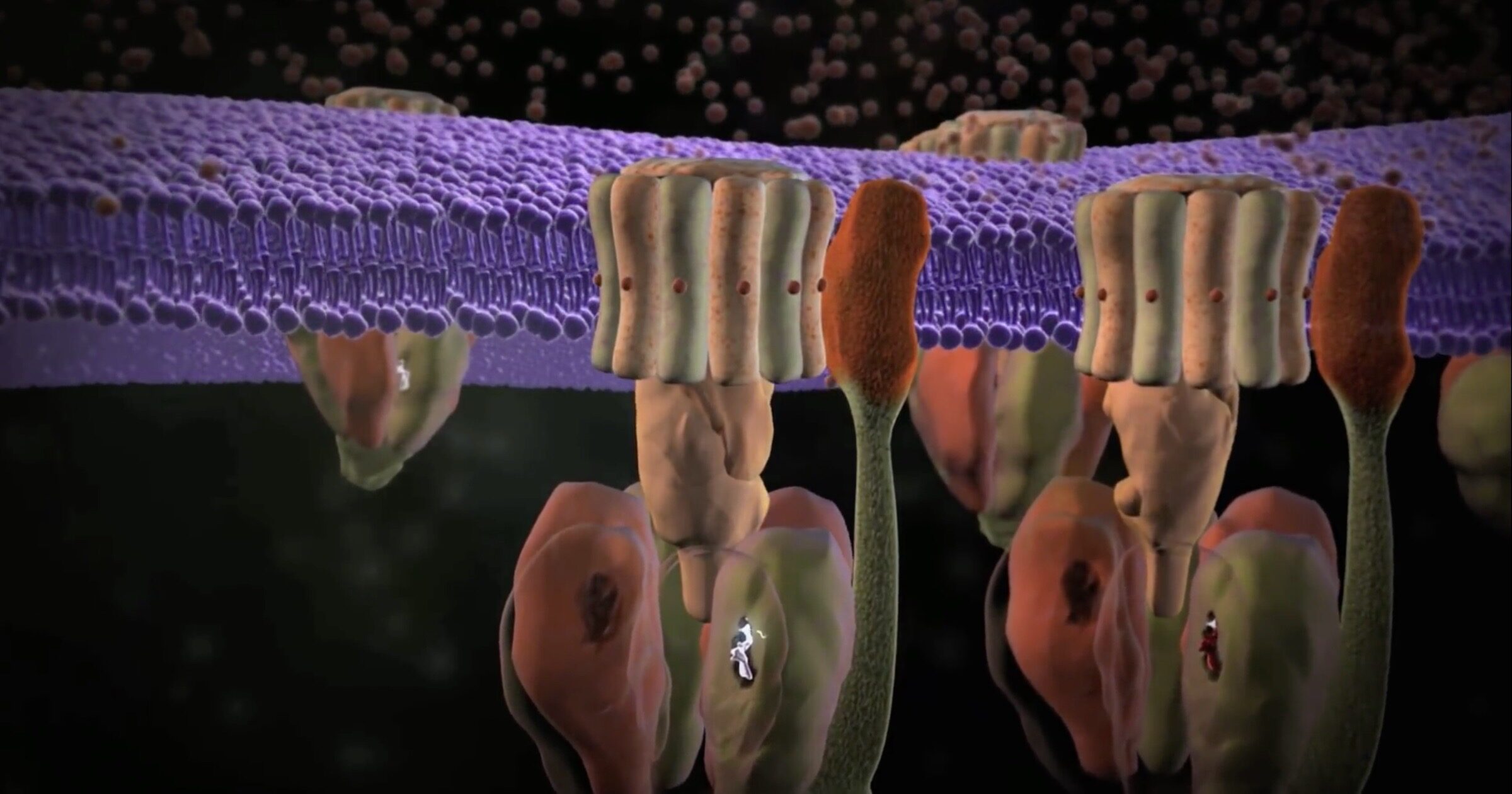


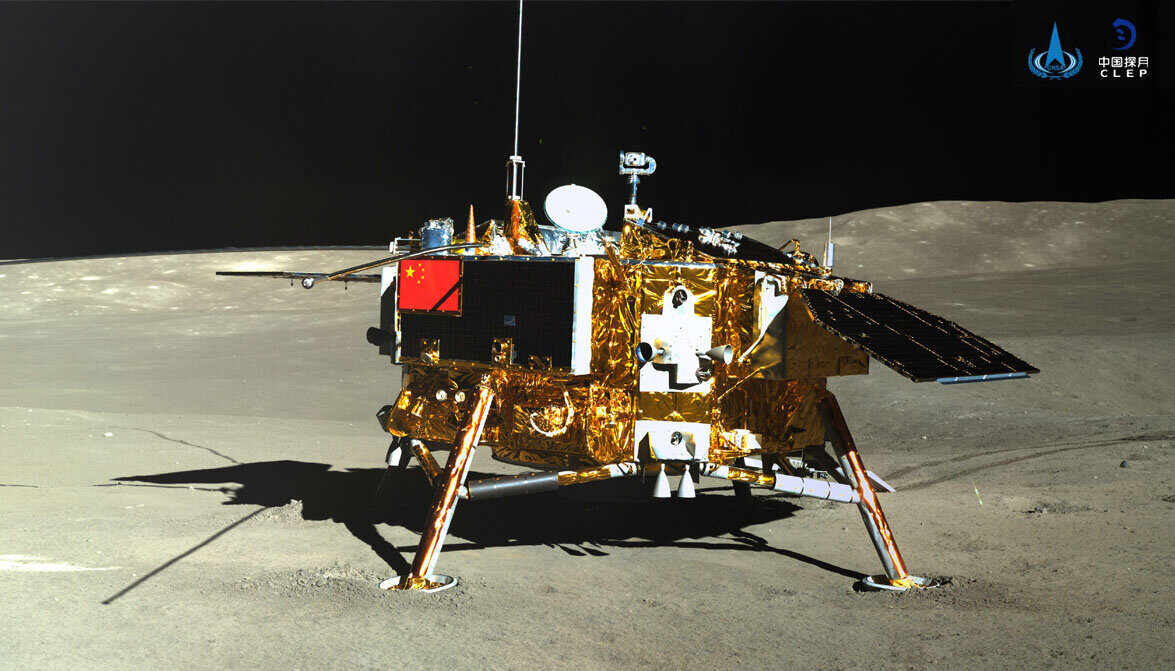



Comment: See also the five part presentation in slow, clearly spoken English by Michael Behe.Total duration is about 30 minutes.
(Ep 1) Darwin Day: Discovery Institute's Video series "Secrets of the Cell with Michael Behe"
(Ep 2) 40 Trillion cells in your body and each poses a mystery! Part II of "Secrets of the Cell with Michael Behe"
(Ep 3) In episode 3 of Secrets of the Cell, Michael Behe tests "the power of evolution"
(Ep 4) Episode 4 of 'Secrets of the Cell': Broken wolves and other evolutionary conundrums
(Ep 5) The X Factor in Life (Secrets of the Cell with Michael Behe, Ep 5)